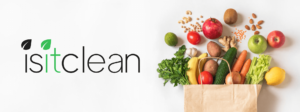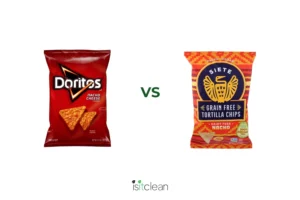
Acesulfame potassium is a zero-calorie sweetener that is added to many sugar-free…



Confectioner’s glaze, also known as shellac, is a natural resinous substance derived from the excretions of the female lac beetle. It is commonly used as a food glaze and coating for confectionery items such as candies, pills, and other pharmaceutical products. To produce the confectioner’s glaze, the raw resin is harvested from the lac beetles and then processed to remove impurities and other non-resinous materials. The refined shellac is then dissolved in ethanol or another suitable solvent, and the resulting solution is filtered and purified to obtain a clear, glossy glaze. This glaze is then applied to food items to provide a protective and attractive coating, enhancing their appearance and extending their shelf life.

The confectioner’s glaze is derived from natural resources but is processed away from its original form. It is primarily used in highly processed foods. Safety data is very outdated on shellac and is limited on the effect it has in humans.
Health is like a bank account, certain ingredients make a deposit into your health bank, meaning they add to
your health. Certain ingredients withdraw from your health bank. We want health promoting ingredients in our diet. To keep things simple, we rate ingredients on a green, yellow, red scale:

It is naturally occurring in food and has no harmful effects on the body. It is real food. It is health promoting.

It goes into one or more of the below categories

It is known to have a harmful effect on the body (ex. All food colorings, Natural Flavors, MSG, Potassium bromate, aspartame, artificial flavors)



The Food Showdown: Popcorners flavors
Ingredient Rating: Canola oil – is it bad for you?
Clean Consuming: Nourishment for your

We have accomplished so much in just 1 year since our launch in March of 2023! We now have 10,000

The Nacho Chip Food Showdown, is Tapioca Starch safe in food? and a must-see documentary on America’s food system.
Stay in the know with the latest ratings, articles, and our newsletter, The Dirt.